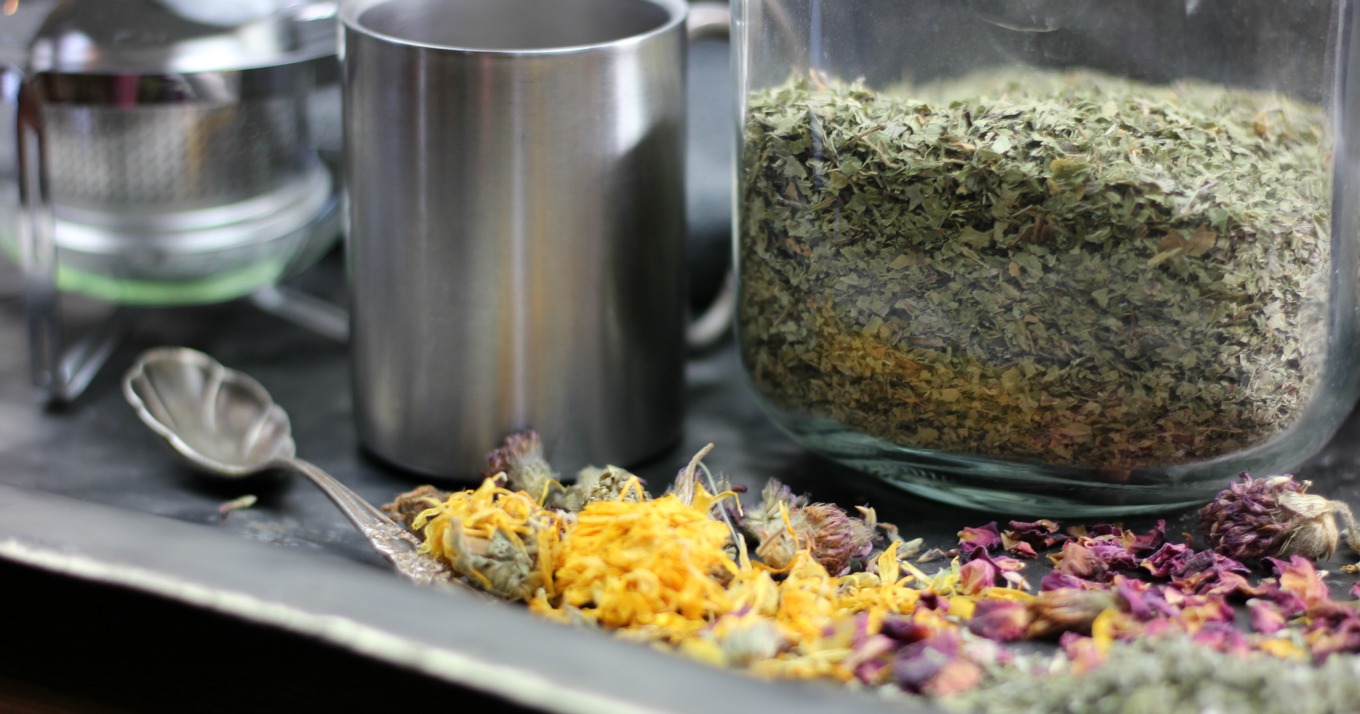
Most multi-vitamin mineral supplements aren’t worth taking. Our bodies expel the majority of the synthetic nutrients, absorbing on average only 9% of the vitamins and minerals. Yet with our soils deficient, and our food therefore lacking in concentrated nutrition, what’s a good way to amend our diet? Surprisingly, the answer is herbal tea. Read more to learn how to customize a brew that will ameliorate and nourish.
The roles of herbs are multitudinous. They not only balance and heal with their medicinal properties. It is less well known that herbs are concentrated in vitamins and minerals.
Their nutrition is beneficial because it’s easy to assimilate. Unlike synthetic vitamins and minerals that come to us in pill form, the right co-factors are present in herbs to allow our bodies to digest and utilize their nutrition. The water of tea holds the goodness that our bodies can readily absorb and use.
This post is not exhaustive, as the world of herbs is expansive and inspiring. While herbs contain many healing properties, this post focuses specifically on those herbs that are high in vitamins and minerals.
For a daily blend, it may be advisable to add to these herbs additional herbs that contain the healing properties from which your body could benefit. For instance, for my daughter with a history of asthma, I add mullein leaf and lobelia to her daily blend, both herbs that are excellent for lung health.
Keep in mind that vitamins and minerals are best assimilated when eaten with food, and food that includes fat. These herbal teas, therefore, are best enjoyed with your meals. Drinking the tea regularly, 3-4 servings per day, will allow the medicinal properties of the herbs to be most effective.
If you’d like to incorporate these same vitamin and mineral-rich herbs into your cooking, see my You Tube video on the subject.
I am not a doctor. Please consult your practitioner before beginning any new healthcare protocol.
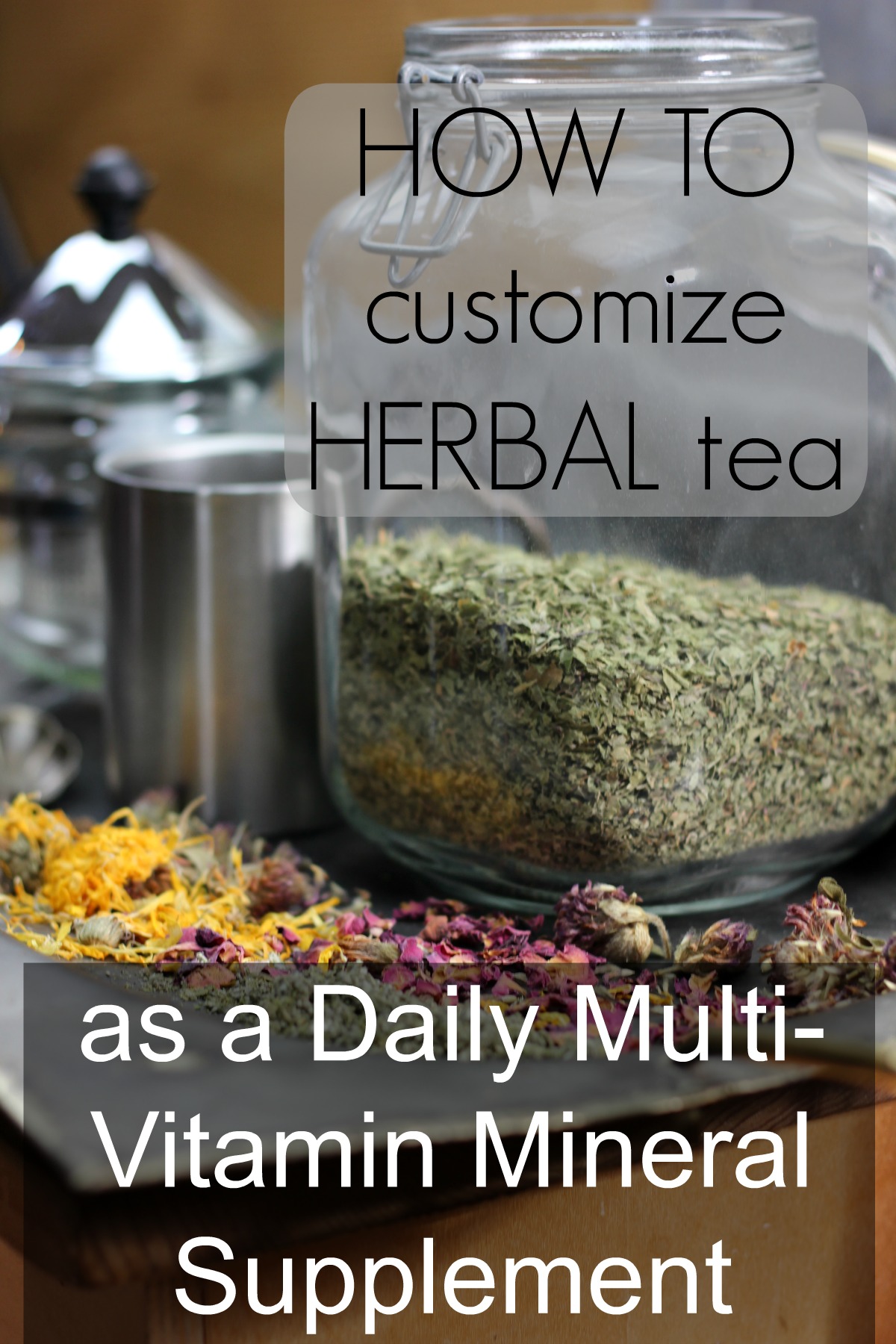
HERBS
Let’s look at some universally helpful herbs and their nutrients, as well as a few customized brews that you can make at home.
Alfalfa Leaf– Alfalfa is a wonderful base for tea because it aids in the assimilation of other plant elements. It is also high in Vitamins A and K, both key nutrients for overall wellness. High in chlorophyll, it’s gentle for the convalescing patient, and excellent for someone desiring stamina and strength.
Dandelion Leaf– Great sources of calcium can be hard to find. Dandelion is high in calcium. It is also nutritive for the blood and helpful for anemia. It cleanses the liver and nourishes both the female organs as well as the urinary tract. It aids in digestion, and is also high in iron and Vitamin A. Dandelion is a good remedy for constipation.
Ginkgo Leaf– High in calcium, iron and Vitamin C, ginkgo is also excellent for circulation and has many anti-aging properties. Ginkgo is best consumed often for optimum benefits.
Hibiscus Petals– This tart and beautiful petal is high in Vitamin C and anti-oxidants. Hibiscus helps to balance blood pressure, reduce inflammation, improve insomnia and aid in the treatment of diabetes. Paired with rose buds, hibiscus is used to alleviate depression. (Caution for those with a peanut allergy, hibiscus is sometimes grown alongside peanuts and may contain trace amounts of them.)
Milk Thistle Seed Powder– Excellent for healthy liver function, milk thistle is high in fatty acids and Vitamin E.
Mullein Leaf and Blossoms– Mullein leaf is key for improving respiratory health. However, it’s also a good basic herb for providing iron, magnesium and potassium. The blossoms are pretty and have a honey flavor. (If having a beautiful daily tea would add emotional wellness for you, paired with hibiscus, the blend would have bright red and yellow flowers.)
Nettle Leaf– Great for detoxification and cleansing, nettle leaf improves liver and kidney function. Also good for digestion, nettle is high in chlorophyll, Vitamins A, C, minerals, calcium, potassium, magnesium, iron, and amino acids. Nettle is a must-include in any daily tea, in my opinion. (Caution for those with histamine allergy: nettles contain histamine.)
Peppermint Leaf– Perhaps surprisingly, peppermint is not only good for digestion. It is high in calcium, magnesium, phosphorous, iron, niacin, potassium, riboflavin, thiamine, Vitamin A, and amino acids. Peppermint also makes an excellent base with other herbs because it increases circulation and thus stimulates their absorption and the utilization of their properties.
Plantain Leaf– Plantain leaves are high in beta carotene, Vitamin C, and calcium. They are also good for indigestion.
Raspberry Leaf– This leaf is high in antioxidants and excellent for balancing hormones, especially in reducing estrogen dominance. It is high in calcium, iron, manganese, magnesium, niacin, selenium, Vitamin A, and Vitamin C. Raspberry leaf relieves migraines for many patients when consumed daily.
Red Clover– High in chromium, calcium, magnesium, niacin, potassium, phosphorous, thiamine, and Vitamin C, this herb is also estrogenic. It, therefore, supports the production of estrogen and is best taken during the first half of a woman’s cycle. Its bitter compounds are known to reduce inflammation, improve digestion, and relieve pain.
Rose Hips– Very high in Vitamin C, rose hips are also good for the circulatory system.
Sage– Good for digestion, relief of inflammation and headaches, and general strengthening of the nervous system, sage is high in calcium, magnesium, potassium, thiamine, Vitamin A, and zinc.
BLENDS
To make one of the following blends, use two parts of any herb emboldened to one part of any herb not emboldened: 1/2 cup to 1/4 cup measurements work well. Place herbs in large bowl to mix; then store in airtight container out of direct sunlight. To brew, use 1 tablespoon dried herbs to 8 ounces boiling water. Steep for 5-7 minutes; optionally, sweeten to taste, and enjoy. A larger batch can be made by using 1/2 cup tea to 1/2 gallon boiling water. Steep for up to 60 minutes, strain, and refrigerate.
MEN’S BLEND– Alfalfa, dandelion, ginkgo, nettle, peppermint, plantain, sage, and powdered saw palmetto berries*
WOMEN’S HORMONE BALANCING TEA– Alfalfa, dandelion, hibiscus, nettle, peppermint, raspberry, rose hips
DE-STRESS & DETOX TEA– Alfalfa, ginkgo, milk thistle, nettle, peppermint, red clover, sage
*While Saw Palmetto Berries do not boast particularly high levels of vitamins or minerals, they are worth noting for those who wish to customize a daily nutritive blend. Saw Palmetto Berries are excellent for men who wish to reduce an enlarged prostate. They are also good for women and children, reducing inflammation and benefiting the urinary system. They can be purchased in powdered form for use in tea.
To read similar health and food-related articles, also see my Facebook page and blog, Eat Beautiful.
SOURCES
http://www.bulkherbstore.com/
https://www.mountainroseherbs.com/
Fritchey, Philip Practical Herbalism. Print
Keith, Velma J. and Gordon, Monteen The How-To Herb Book. Print
Campbell-McBride, Natasha M.D. Gut and Psychology Syndrome. Print
Fallon, Sally Nourishing Traditions. Print
 |

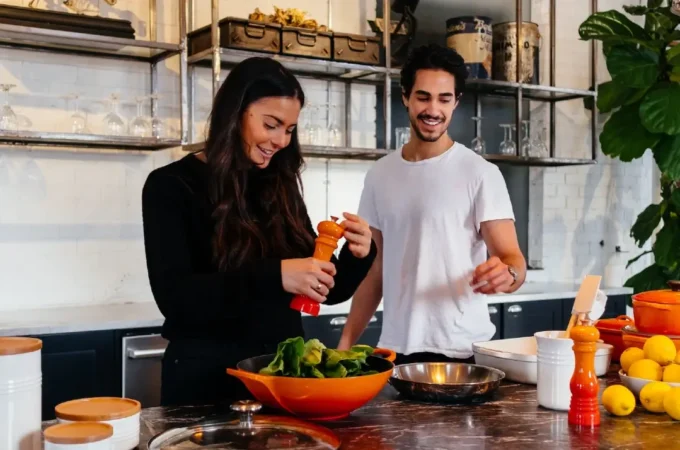

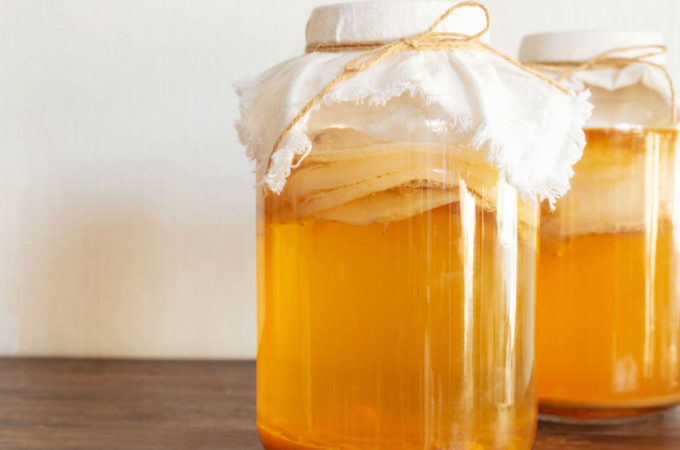
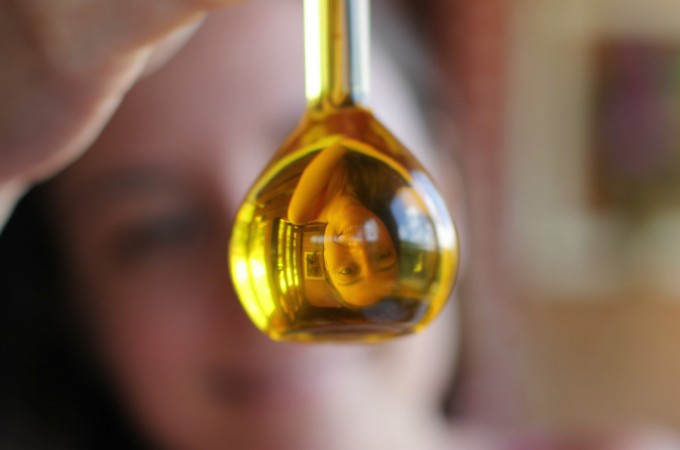
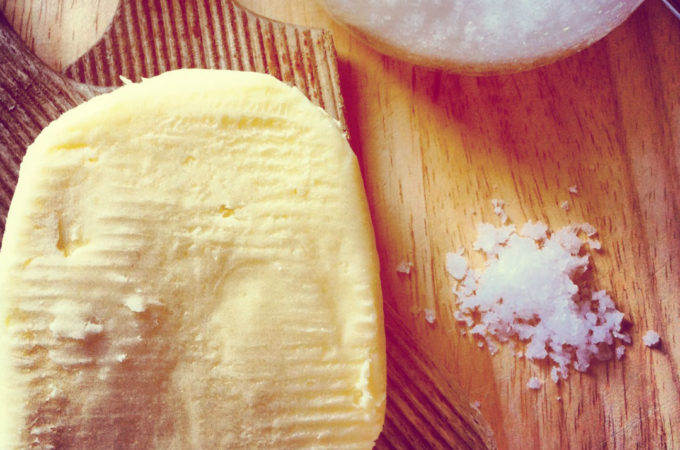
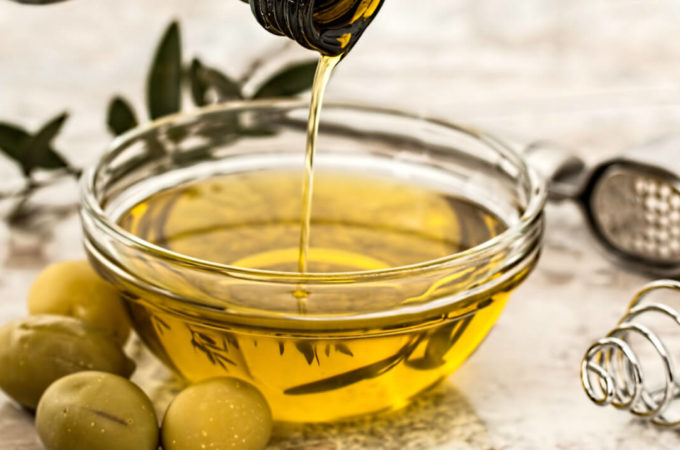
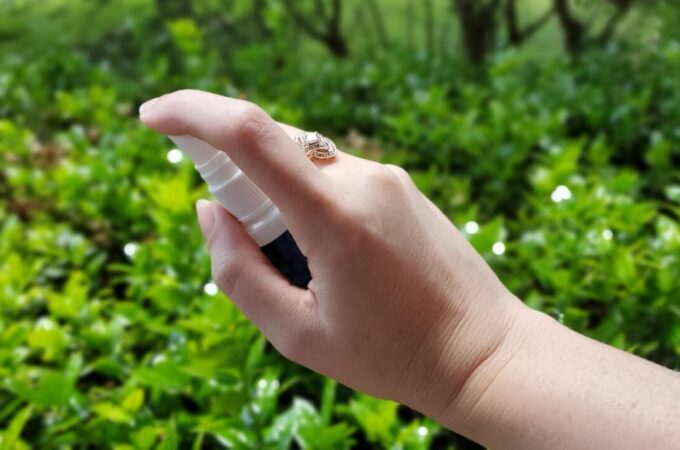
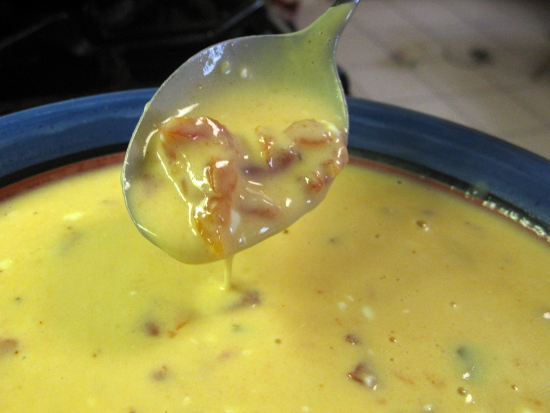
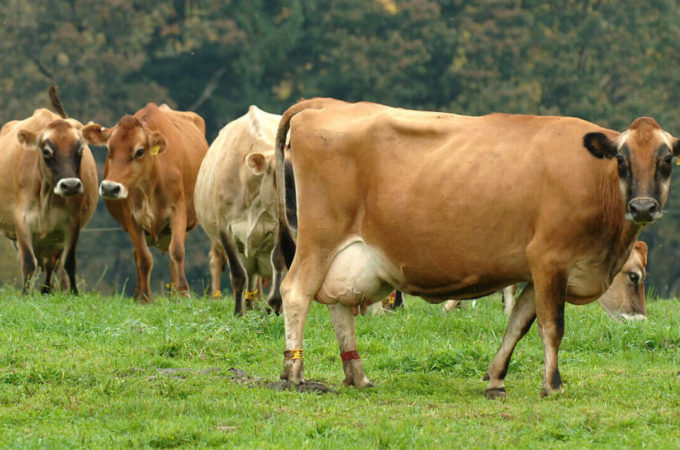
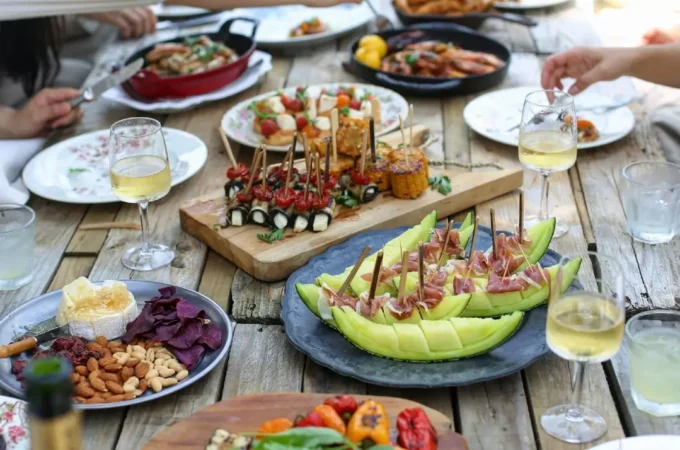
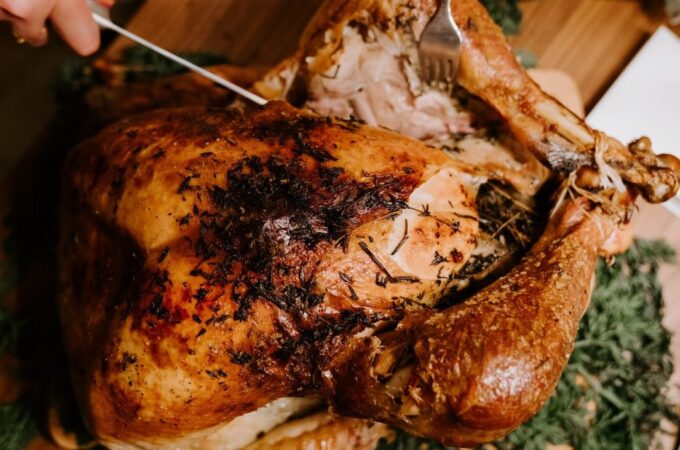
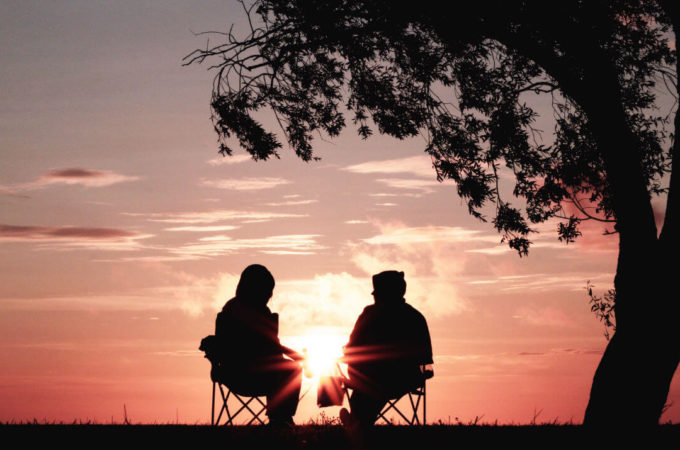
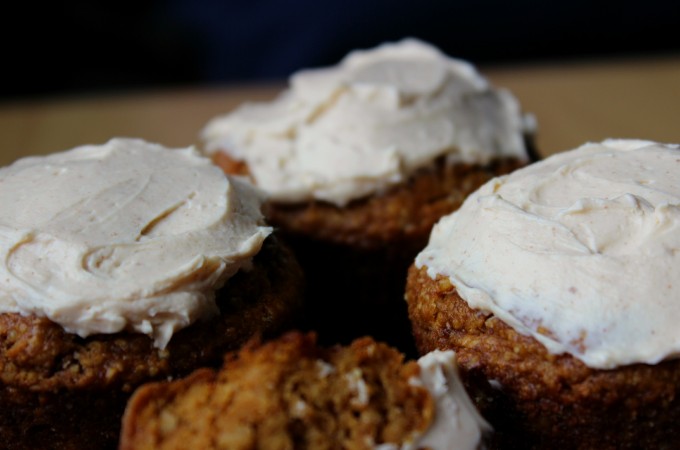
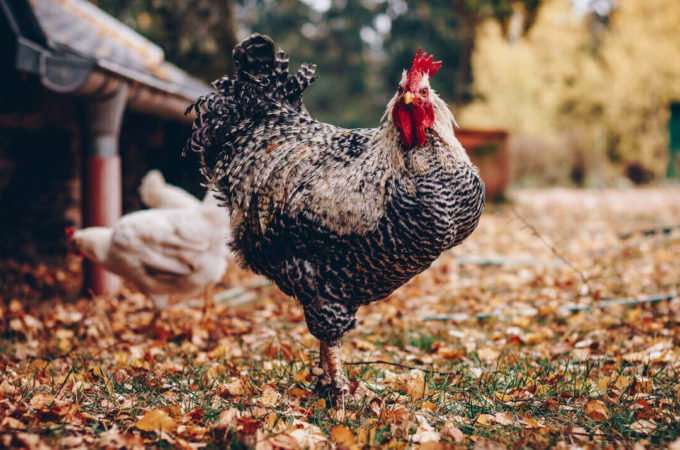
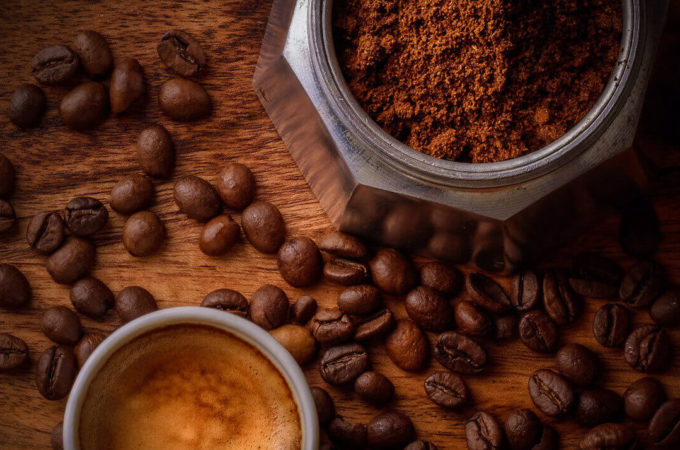
I’ve just read your article on teas and herbs. I found it very interesting thank you. Firstly can you recommend for arthritis & perimenapausal & where can I buy the herbs from especially rosebuds
Kind regards
Kristin
Hi Kristin, I’m sorry I can’t recommend specific herbs for your condition. Perhaps you can find a good herbalist or naturopathic physician who specializes in herbs. For purchasing rosebuds, I recommend Mountain Rose Herbs.
Thank you so much for this information! There is tons of wild sage where I live, I am now going to start picking it and making tea!
Wonderful! 🙂
Hi,
Can you please explain what you mean by ’emboldened’ as in “To make one of the following blends, use two parts of any herb emboldened to one part of any herb not emboldened: 1/2 cup to 1/4 cup measurements work well”
Thanks!
Sure~ the words that are written in bold text (a darker, thicker font) will be measured in twice the quantity to herbs that are not in bold text. Does that clarify enough for you?
Hello!
I need further clarification on what you mean by emboldened? On my view it looks like all of the herbs are bolded. Can you tell me which ones should be two parts?
do you get all of your herbs from Mountain Rose herbs?
Yes, most of our herbs. I have also ordered from Bulk Herb Store. Mountain Rose Herbs is local for me, as well as being an excellent company.
Wonderful information. Thank you so much. I should research this myself, but do you know if any of these
herbs should be avoided while nursing? I appreciate it.
Hi Lisa, I’m not in a position to guide you with safety in regard to nursing and herbs. I’m sorry. I hope you enjoy researching the topic yourself. I know it’s hard to find the time with a newborn or little one.
Almost all of the herbs in the hormone balancing blend are beneficial to the nursing mother. The majority will actually help with milk supply. The only one that might not be beneficial is the peppermint. That herb can decrease milk supply. Not an unwelcome fact to mothers that are looking to wean their toddlers 😉
Do you recommend equal parts for your recipes?
Hi Allison, the Blends and their recipe ratios provide a good example for making other recipes: 2 parts base herbs like alfalfa, nettles and peppermint to 1 part other herbs. 🙂
I disagree that multi-vitamins don’t work. Sure, a lot of what you say is true, but that doesn’t really apply to every multi-vitamin or supplement out there. The supplements I take are from all whole food sources and more convenient. I do agree that our food isn’t as nutrient dense as it used to be. I really rely on my supplements to bridge the gap. I know they aren’t “useless” because of the results I have seen since using them. I love most of your articles, but will have to disagree on this one.
It does not need to be either-or. The point is that MOST multivitamins are not as effective or as efficient as they claim to be. AND that herbs are powerful and a wonderful, natural alternative. I, too, use supplements. But it’s exciting that herbs can play such a key role in our daily wellness. We have come to rely on synthetic supplements. It’s a paradigm shift. Using herbs to supplement our nutritional intake is the emphasis of this post. That your multi-vitamin has been helpful to you is great, too!
Thank you for this. I had no idea herbs could be so powerful. What do you drink while pregnant?
Hi Alissa, raspberry leaf and peppermint are good ones, as are lemon balm, ginger, and chamomile. I also like nettles, alfalfa and dandelion leaf. But please consult your pregnancy practitioner to know what’s recommended for your body, as experts vary in their opinions. Cheers. 🙂
Hi,
I LOVED your article. I think this would be a great alternative for me as I have such difficulty digesting vitamins and the good ones are too expensive for a student to buy. I would love to try this out! Although, I am just curious what your theory is about how much of the vitamins we would actually absorb from the tea and about absorption especially of something like iron which in this case would be non-heme? Also any ideas on herbes to help with estrogen dominance. I think you mentioned one but it is always useful to have mutliple firetrucks at the fire 🙂
Thanks! Loved the article!
Melannie
Hi Melannie, I’m so glad that the article is helpful. 🙂 Thanks for the great questions. Regarding the non-heme iron found in plants, it is best to pair them with a heme source for improved absorption. I personally use and recommend grass-fed liver pills. Also, you can make sure your tea blend has herbs that are high in Vitamin C. Lastly, there are certain foods that decrease the absorption of iron, so it would be best to exclude these from the time in which you’re having your tea: tannins and polyphenols found in coffee, chocolate and black tea, phytates found in unfermented/unsprouted grains or beans, and calcium from dairy products. (I’m still a big fan of raw milk. But I drink it at other times of the day.) Regarding estrogen dominance, I can’t say enough good things about red raspberry. Also you can watch your seeds and make sure not to consume too many that are estrogenic, like flax. Blessings, Megan
I love this post! It’s so helpful! Thank you. I had a baby 9 months ago and am wanting to build my body back up, I am needing to lose extra baby weight and balance out my hormones. What good tea blend could you recommend? I am still breast feeding so I need lots of calcium.
I love this idea of herbal tea as a vitamin supplement! Where did you find information about how much vitamin content is in each individual herb? I have searched for specific nutritional content of the herbs, but every reference I see just says, “high in vitamin C” or whatever. How would one know that one was getting the same amount of vitamin supplementation as from a high quality pill supplement? (Or even just be able to compare the supplementation amounts.)
Great idea. love it!
I would suggest that readers maximize vitamin extraction by doing herbal infusions versus standard tea. Depending on the herb, an infusion would take 4-8 hours or overnight. You’d also use more herb (Susun Weed’s suggestion is one ounce of dried herb per quart of water).
I actually discovered this post while looking for information on heat stability of herbs for an Herbal Academy post I’m writing. Naturally, my next suggestion is to be mindful of heat. 😉
Minerals are quite stable under heat, but vitamins don’t always hold up so well. Vitamin C is especially sensitive to heat, so if you’re brewing herbs specifically for vitamin C, you won’t to be wary of high heat and prolonged periods of heating. Air and sunlight is another big factor in the vitamin content of herbs, so that’s something important to keep in mind when preserving or buying your herbs. Finely chopped herbs will lose their vitamins quicker than whole leaf herbs, and herbs that aren’t protected from sun exposure are subject to major vitamin degradation. Good stuff to know! 🙂
Happy brewing everyone!
I was just reading the same thing trying to get Vitamin C. However, regarding heat, the boiling point of Vitamin C is well above the boiling point of water. I find bell peppers for Vitamin C too expensive so I started looking to herbal teas. Does anyone know how much vitamin is released over time (percentage or absolute value) from brewing? Say, if a herb had 200 mg vitamin C in 100 g, if I brewed it for 2 hours, how much of that 200 mg vitamin C will come out of it?
I am also considering liquid extracts. I took milk thistle liquid extract; it is stored in a dark bottle and I just pipette to cold water to drink. I wonder if making cold brew with these herbs as liquid extracts would be better in terms of preserving the vitamins and their functions.
Really a fantastic solution- cant wait to try…the only oroblem is that Its not clear- ot seems that ALL of them are embolded- please explain more clear which ones = how much thankyou
Please email me so i can ask my question in mail bacjk to you because here im told that my question has already been asked but it hasnt.thankyou
Please Send me mail to adk you privately. Thankyou
I would like to get a vitamin, mineral tea. I have trouble swallowing pills. I’m 68, have some arthritis, dizziness ( I’ve been taking magnesium and multi B), anxiety. Can you make any recommendation for this?
Can you mix the different herbs just before steeping so that each cup of tea is custom made for the current issues? How much per herb per cup of water?
What do you mean by two parts emboldened to one part not embolden?